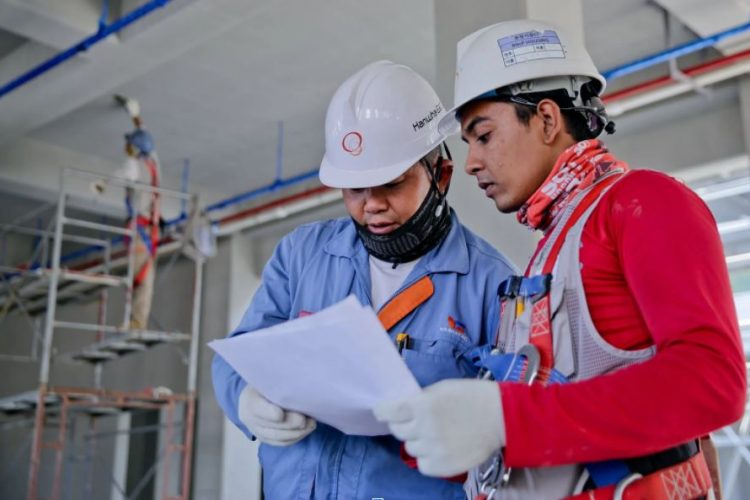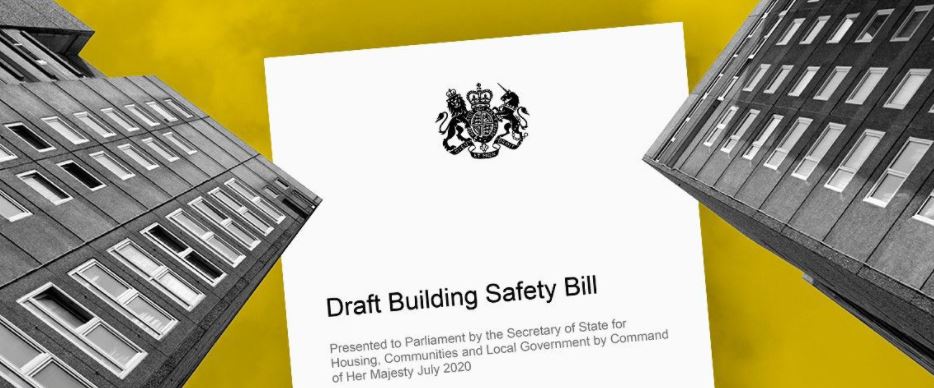The challenges 2022 will bring for engineering and construction
During 2021, the construction industry was hit by constant disruption and uncertainty. The news across our sector has been dominated by a mix of supply chain problems, rising costs of building materials, climate change adaptability, and labour shortages. Here, we look at what actions the sector can take in 2022 to address some of these key challenges.
Labour shortages
With statistics from the Construction Skills Network (CSN) showing that over 217,000 construction jobs will need filling in the UK by 2025, it’s clear that the current labour shortage needs to be tackled with long-term, sustainable solutions rather than quick fixes.
We must showcase to young people that careers in the engineering and construction industries are attractive propositions. This will include educating them about the opportunities and benefits the industries offer, whilst also encouraging schools and universities to focus more on the next generation’s practical and design skills, ensuring that those with a talent and passion for construction are well equipped to enter the workforce. All employers have a role to play here – whether it’s through internship and work experience, or outreach to local colleges and universities.
Evolving regulations
2022 will also see a number of regulatory changes that the sector must consider, some of which will foster new ways of working, such as changes in the regulations surrounding the conservation of fuel, power and ventilation. These updates, for example, are all about reducing the environmental impact of new buildings through better insulation, ventilation, and mitigating against overheating – a goal we should all be striving for.
The lessons of the Grenfell fire disaster and subsequent reviews, such as independent review conducted by Dame Judith Hackitt, continue to drive change when it comes to building safety. The government’s Building Safety Bill, which is expected to pass later this year, is on track to bring in a raft of new measures designed to drive up the quality of buildings across the UK. Everyone in our industry must therefore double down on ensuring their supply chain management, systems and processes, and design processes are water tight, with safety at their core. This will position them in the best stead ahead of new, more stringent regulations coming into force.
Keeping up with a rapidly changing world.
As the December 2021 Report from ICE (Institute of Civil Engineers) identified, 2022 should also be a year in which sector leaders strive to run modern, intelligent businesses which reflect the needs of clients and societies. This will mean working hard to amplify the role of data and digital tools in order to, as the ICE puts it, demonstrate their role in the “meaningful transformation in working practices across the sector”. It also encourages a wide range of actions and considerations to be taken with respect to climate change – from flood risk and decarbonisation of infrastructure, to water and sanitation and low carbon energy.
Whilst there are wide-ranging challenges ahead for the construction and engineering sectors, progressive businesses are able to embrace these as opportunities and become a world leader in safe, sustainable and innovative design, underpinned by a vibrant workforce.


